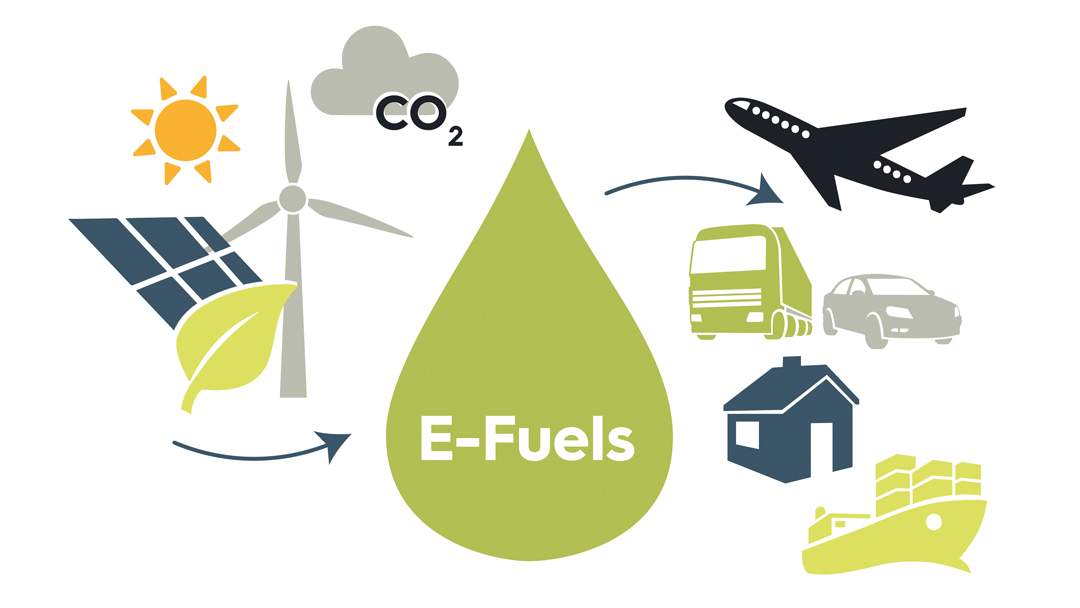What are e-Fuels?
E-fuels are a type of fuel that is produced by capturing carbon emissions and combining them with hydrogen made from renewable or CO2-free electricity. Their examples include e-kerosene, e-methane, and e-methanol.
Why are e-fuels called carbon-neutral fuels?
When e-fuels are burned in an engine, they release carbon dioxide into the atmosphere, but the emissions are balanced by the amount of carbon dioxide removed from the air to make the fuel, making it carbon-neutral.
Are Electro-fuels biofuels?
Yes. Electro fuels are fourth-generation biofuels. The third-generation and fourth-generation biofuels use non-arable land. The non-arable lands are those lands that are not suitable for growing agricultural crops. This can be because of rockiness, erosion hazards, steepness, or climate activities.
The third-generation biofuels were made from (marine) algae. The second-generation biofuels were made from grasses (cellulosic ethanol). The first-generation biofuels were made from sugar-based crops, oil-based crops, and starch-based crops.
Why are electro fuels biofuels?
By UNEP, the definition of biofuel is those fuels that are derived from living matter. When electro fuels are derived from carbon emissions, how are they categorised under bio-fuels? The production of electro-fuel bypasses photosynthesis. Also, the production of electro fuel doesn’t need solar energy. Here, the microorganisms act upon carbon dioxide and convert it into fuel. They use electrical energy and chemical compounds like hydrogen to do the conversion.
Why are e-fuels in news?
Germany and Italy are seeking clearer assurances from the European Union that new cars with internal combustion engines running on CO2-neutral fuels can continue to be sold beyond 2035. The EU is proposing to end sales of CO2-emitting cars by that year, making it impossible to sell new fossil fuel-powered cars. The rules do not cover internal combustion engines (ICEs).
Month: Current Affairs - March, 2023
Category: Science & Technology Current Affairs


